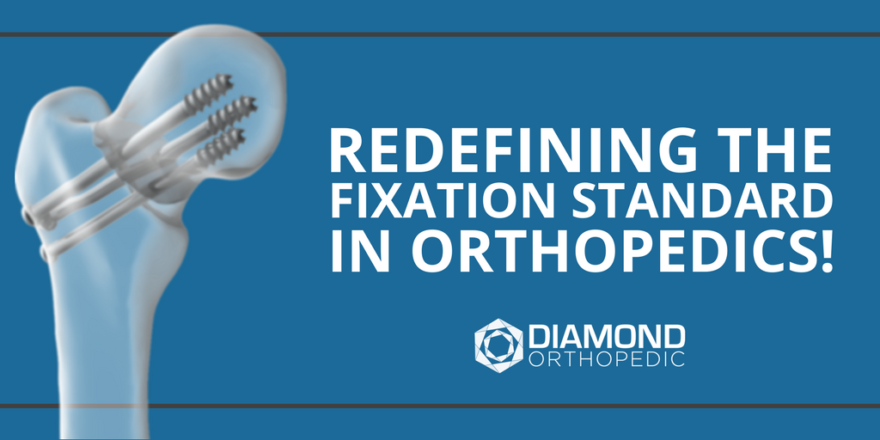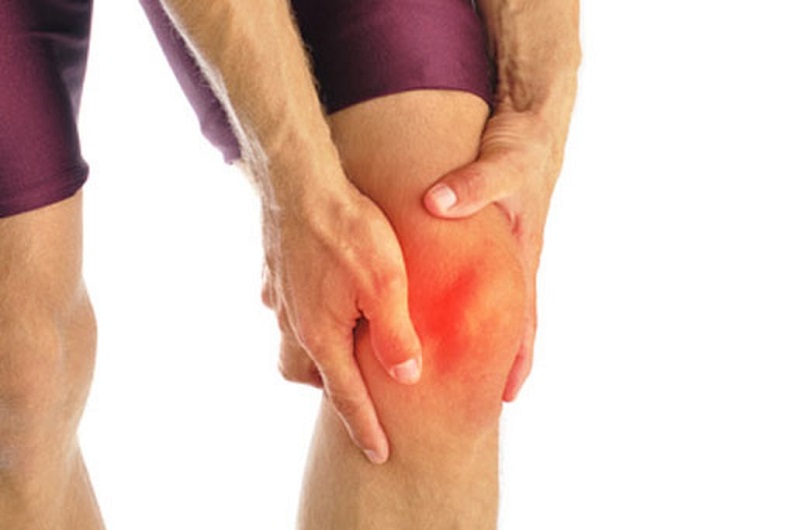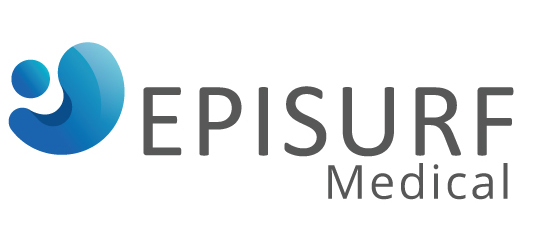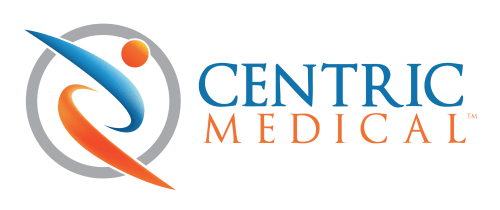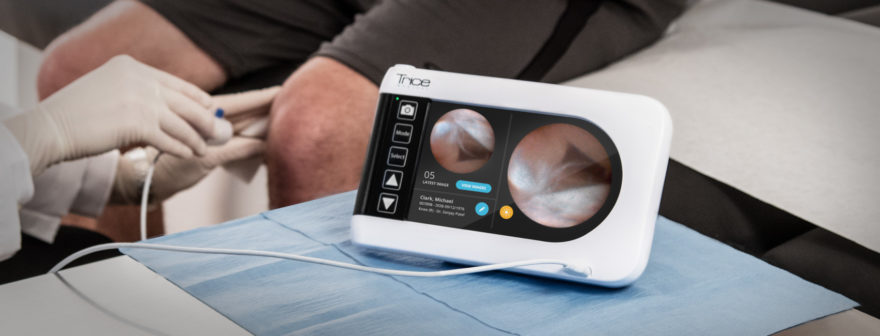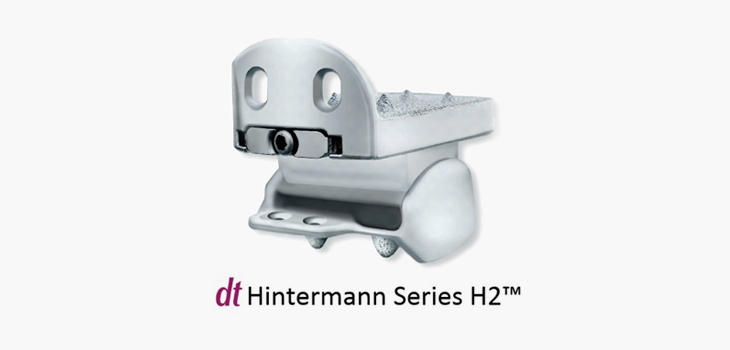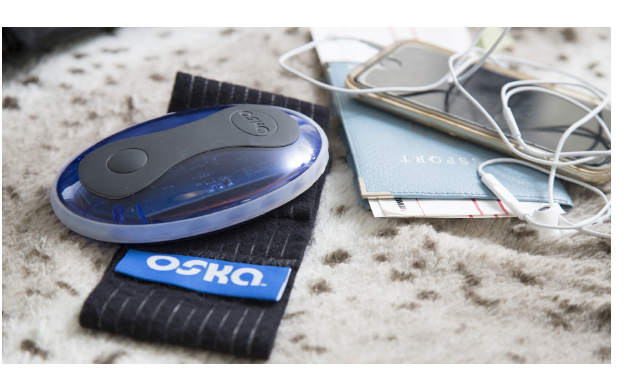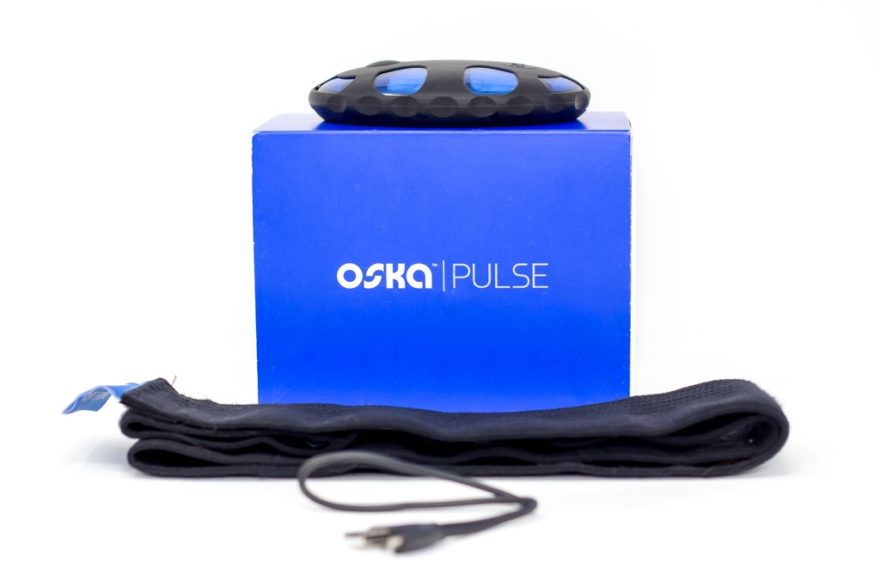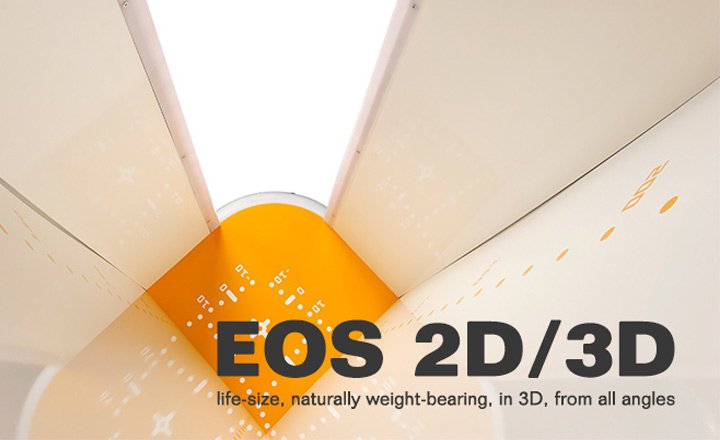CHARLOTTE, N.C. (PRWEB) FEBRUARY 27, 2018
Diamond Orthopedic, a medical device company that is pioneering the use of an innovative faceted threadform in orthopedics, today announced that their faceted technology was successfully used in an intercalary tibial allograft.
The surgeon who utilized Diamond’s faceted bone screw noted that, “stable, durable fixation was paramount to this type of reconstruction. I chose the Diamond threadform for its superior fixation and pullout strength, and for what I like to call its ‘bone friendly’ design. The faceted threadform not only made insertion of the screws easier, but also gave me confidence that the innovative biomechanical features of this technology will help lead to a successful patient outcome.”
Diamond’s patented faceted design allows surgeons to insert faceted screws into bone with less insertional torque and lower compressive stress, which can be particularly important when working with osteopenic bone. The faceted thread design enables an improved bone-screw interface versus traditional helical threadforms.
Roy Bivens, CEO, stated, “Faceted bone screws offer unparalleled fixation that is especially valuable in compromised bone. Diamond Orthopedic was proud to support a case of this type. Better patient outcomes are our ultimate goal. This technology has the potential to change numerous paradigms within orthopedics including with plate and screw applications and with uni-cortical fixation possibilities.”
About Diamond Orthopedic
Diamond Orthopedic, LLC, headquartered in Charlotte, NC, is a medical device company that offers a revolutionary fixation technology to achieve better patient outcomes at a lower total cost. Diamond Orthopedic is the exclusive provider of faceted threadform technology for orthopedic applications worldwide. With proven superiority over traditional helical threadforms, Diamond Orthopedic is the new fixation standard in orthopedics.
Media Contact:
Guillaume Viallaneix
MedTech Momentum
Phone: 407-960-2994
Email: guillaume@medtechmomentum.com
Diamond Orthopedic Contact:
1600 Camden Road
Charlotte, NC, 28203
Phone: 704-585-8270
Email: info@diamondortho.com
Safe Harbor Statements
All statements included in this press release other than statements of historical fact are forward-looking statements and may be identified by their use of words such as “believe,” “may,” “might,” “could,” “will,” “aim,” “estimate,” “continue,” “anticipate,” “intend,” “expect,” “plan” and other similar terms. These forward-looking statements are based on our current assumptions, expectations and estimates of future events and trends. Forward-looking statements are only predictions and are subject to many risks, uncertainties and other factors that may affect our businesses and operations and could cause actual results to differ materially from those predicted. These risk factors contain certain forward-looking statements that involve risks and uncertainties. These statements relate to the Company’s future plans, objectives, expectations and intentions. The Company’s actual results could differ materially from those discussed in these statements. It is difficult to accurately predict the impact of each of these risks on the Company due to the dependence on many factors outside the Company’s control. These risks and uncertainties include, but are not limited to, factors affecting our financial results, our ability to manage our growth, our ability to sustain our profitability, demand for our products, our ability to compete successfully (including without limitation our ability to convince surgeons to use our products and our ability to attract and retain sales and other personnel), our ability to rapidly develop and introduce new products, our ability to develop and execute on successful business strategies, our ability to comply with laws and regulations that are or may become applicable to our businesses, our ability to safeguard our intellectual property, our success in defending legal proceedings brought against us, trends in the medical device industry, general economic conditions, and other risks. It is not possible for us to predict all risk factors and uncertainties, nor can we assess the impact of all factors on our business or the extent to which any factor, or combination of factors, may cause actual results to differ materially from those contained in any forward-looking statements. Given these risks and uncertainties, readers are cautioned not to place undue reliance on any forward-looking statements. Forward-looking statements contained in this press release speak only as of the date of this press release. We undertake no obligation to update any forward-looking statements as a result of new information, events or circumstances or other factors arising or coming to our attention after the date hereof.

